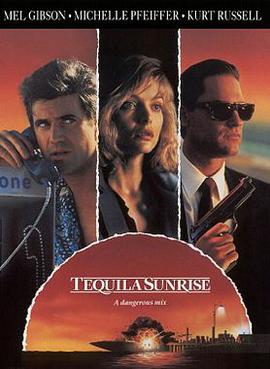 Aram Fingal (Raul Julia) is a computer technician in the future who is caught watching Casablanca at work. The CEO of Novicorp (Donald Moore) is the only person allowed to watch old movies so he decrees that Aram be “droppled,” which is supposed to give Aram a new outlook on life. Aram’s mind is taken out his body and transferred into the body of a baboon. At first, Fingal enjoys being a baboon but then he nearly gets killed by an elephant and he decides that it’s time to return to his body. Unfortunately, his body has been misplaced.
Aram Fingal (Raul Julia) is a computer technician in the future who is caught watching Casablanca at work. The CEO of Novicorp (Donald Moore) is the only person allowed to watch old movies so he decrees that Aram be “droppled,” which is supposed to give Aram a new outlook on life. Aram’s mind is taken out his body and transferred into the body of a baboon. At first, Fingal enjoys being a baboon but then he nearly gets killed by an elephant and he decides that it’s time to return to his body. Unfortunately, his body has been misplaced.
Instead of just leaving Aram’s mind inside of the baboon, Novicorp decides to save his mind in a computer mainframe where Aram discovers how to create his own world, which he patterns after Casablanca. (Raul Julia even takes on a second role, playing the virtual world’s version of Humphrey Bogart.) Watching all of this is a computer technician named Apollonia (Linda Griffiths), who has been assigned to keep an eye on Aram until his body is found. Apollonia falls in a love with Aram but unfortunately, his mind will cease to exist unless it is quickly reunited with his corporeal form.
Originally produced for PBS, Overdrawn At The Memory Bank is best-known for being featured on an episode of Mystery Science Theater 3000. You can watch it in its original form on YouTube but I don’t recommend it. When I first saw it MST 3K, I assumed that the film seemed incoherent because Mike and the Bots were talking over most of the action. When I watched the movie without their commentary, I discovered that it was even more confusing without them talking over the action. The movie seems to take place in the future and it’s insinuated that Novicorp is in charge of the government but then Novicorp’s share prices start to crash when it’s revealed that Aram’s body has been lost and that seems like that’s something that an all-powerful corporation could have avoided. Aram is punished by being put in the body of a baboon but I’m not sure why spending a few hours as a baboon would make Aram no longer want to watch Casablanca. At the same time that Novicorp is trying to find Aram’s body, their agents are invading Aram’s virtual world and trying to destroy his mind which seems counterproductive. Along with featuring a plot that’s impossible to follow, the other problem with Overdrawn at the Memory Bank is that it’s just so damn disillusioning. Raul Julia was a great actor but, judging from this film, he just wasn’t very skilled when it came to imitating Humphrey Bogart. Overdrawn At The Memory Bank is a mix of 1984, The Matrix, and Casablanca and that sounds like it should be cool but somehow, it’s just not.
Only watch this one with Mike and the Bots.




